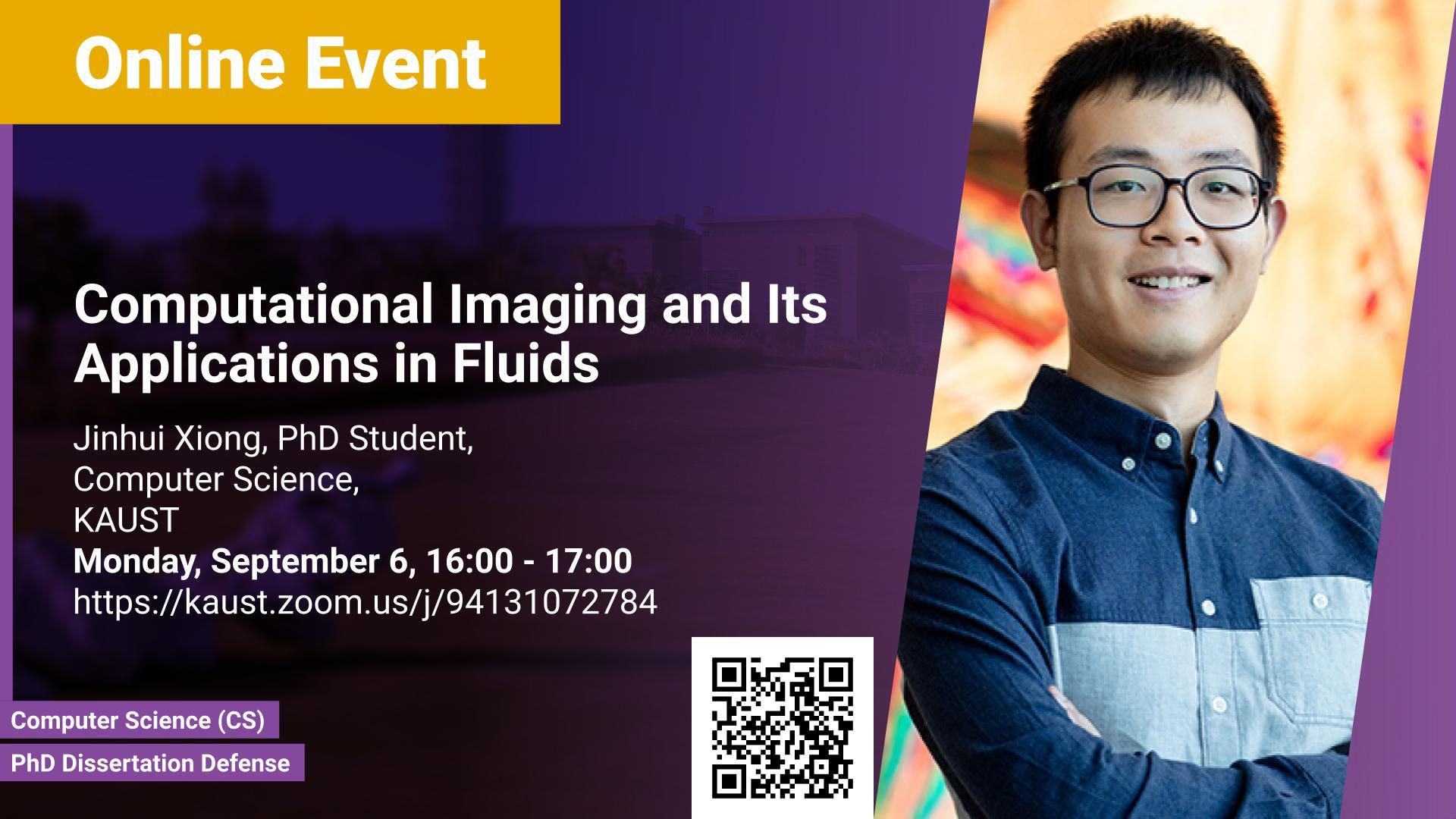Abstract
Computational imaging differs from traditional imaging systems by integrating an encoded measurement system and a tailored computational algorithm to extract interesting scene features. This dissertation demonstrates two approaches which apply computational imaging methods to the fluid domain. In the first approach, we study the problem of reconstructing time-varying 3D-3C fluid velocity vector fields. We extend 2D Particle Imaging Velocimetry to three dimensions by encoding depth into color. The encoding is achieved by illuminating the flow volume with a continuum of light planes (a “rainbow”), such that each depth corresponds to a specific wavelength of light. For reconstruction, we derive an image formation model for recovering stationary 3D particle positions. 3D velocity estimation is achieved with a variant of 3D optical flow that accounts for both physical constraints as well as the rainbow image formation model. This velocity field can be used to refine the position estimate by adding physical priors that tie together all the time steps, forming a joint reconstruction scheme. In the second approach, we study the problem of reconstructing the 3D shape of underwater environments. The distortions from the moving water surface provide a changing parallax for each point on the underwater surface. We utilize this observation by jointly estimating both the underwater geometry and the dynamic shape of the water surface. To this end, we propose a novel differentiable framework governed by ray casting, Snell’s law at the refractive interface, and multi-view triangulation, to tie together all parameters in an integrated image formation model. To our knowledge, this is the first solution that is capable of simultaneously retrieving the structure of dynamic water surfaces and static underwater scene geometry in the wild.
Brief Biography
Jinhui Xiong is a final-year Computer Science PhD student at Visual Computing Center, working with Professor Wolfgang Heidrich. His work is at the intersection of computational imaging, computer vision, computer graphics, optimization. His research goal is to design novel imaging methodologies that can be utilized for 3D scene reconstruction or related research topics. He was a research intern at the Computational Imaging Lab at Snap Research (New York City).

